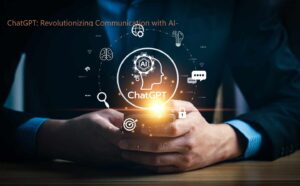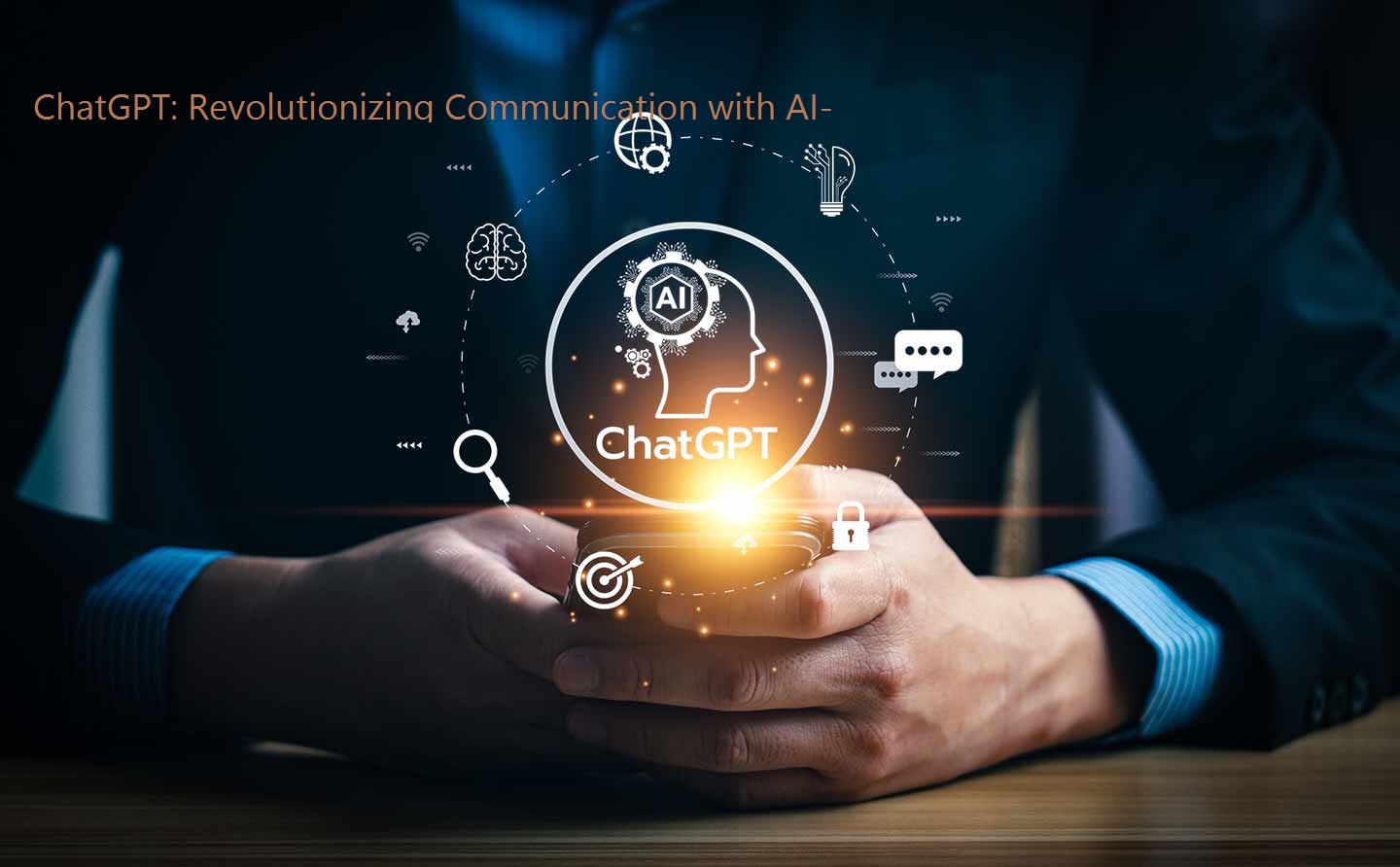ChatGPT: Revolutionizing Communication with AI-Powered Chatbots
ChatGPT: Revolutionizing Communication with AI-Powered Chatbots

Introduction: In recent years, the field of artificial intelligence (AI) has seen significant growth, resulting in changes in various industries. An important application of AI is ChatGPT, an innovative chatbot developed by OpenAI. This article explores the capabilities, impact, and implications of ChatGPT, highlighting how it has revolutionized communication and enhanced user experiences.
What is ChatGPT?
ChatGPT is an AI language model created by OpenAI, designed to engage users in conversation. It uses deep learning techniques, specifically a type of transformer neural network architecture, to generate human-like responses based on the input it receives. Abilities and understanding of natural language: With its immense training corpus and sophisticated algorithms, ChatGPT can understand and respond to a wide array of topics and queries. It can engage in meaningful conversation, answer questions, provide explanations, and generate text in a manner that closely resembles human conversation. ChatGPT's natural language understanding capabilities make it a powerful tool for a wide range of applications.Enhancing User Experiences: ChatGPT has been instrumental in improving user experiences across multiple platforms. It enables businesses to offer personalized and efficient customer support by automating answers to frequently asked questions. ChatGPT's ability to handle large volumes of queries simultaneously and consistently deliver high-quality responses eliminates the need for users to wait for human intervention.Access to education and information: The educational potential of ChatGPT is enormous. It can provide instant access to information, serving as a scholarly companion for students and researchers. Whether it's clarifying concepts, suggesting research materials, or answering specific questions, ChatGPT increases information accessibility and fosters a culture of continuous learning. Language translation and cross-cultural communication: With its multilingual capabilities, ChatGPT eliminates language barriers and facilitates cross-cultural communication. It can help users translate text from one language to another, and promote interaction and understanding between people who speak different languages. This feature promotes global connectivity and collaboration. Ethical considerations and challenges: While ChatGPT offers many advantages, it also presents some ethical challenges. As an AI language model, it relies on the data it was trained on, which may contain bias and misinformation. Efforts are being made to address these issues, but care must be taken to ensure that responses generated by ChatGPT are checked for accuracy and fairness. Future Development and Prospects: OpenAI continues to improve Chat GPT and actively seeks user feedback to improve its performance. OpenAI's commitment to transparency and collaboration has resulted in tools that allow users to customize and fine-tune ChatGPT for specific needs. This iterative process promises future updates that will further enhance ChatGPT's capabilities.



Пинко Казино Отзывы
Medication prescribing information. Generic Name.
get cheap oxcarbazepine for sale
Everything news about medication. Get here.
Medicines prescribing information. What side effects?
atorvastatin 20 mg online pharmacy
Best information about drugs. Read information now.